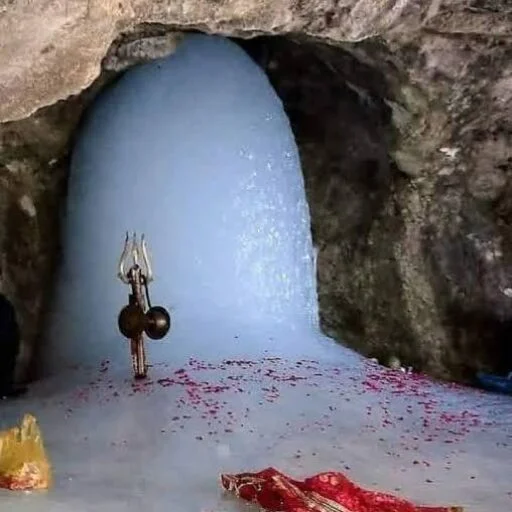The annual Amarnath Yatra, a significant pilgrimage in Hinduism, is set to commence on June 29th, 2024, amid stringent guidelines and precautions to ensure the safety and comfort of pilgrims. Devotees from across the country and abroad embark on this arduous journey to seek blessings at the holy cave shrine of Lord Shiva, situated in the Himalayas at an altitude of approximately 3,888 meters (12,756 feet).
Preparations and Guidelines
The Amarnath Shrine Board, along with local authorities and security forces, has made extensive preparations to facilitate a smooth and secure pilgrimage. Here are some essential do’s and don’ts for yatris (pilgrims) undertaking this sacred journey:
Do’s:
- Registration and Permits: All yatris must register themselves through the official channels designated by the Shri Amarnathji Shrine Board (SASB). Registration helps in managing the pilgrimage effectively and ensures the safety of pilgrims.
- Health Check: Before embarking on the yatra, pilgrims are advised to undergo a medical check-up to assess their fitness level. The pilgrimage involves trekking through challenging terrain and high altitudes, so being physically fit is crucial.
- Acclimatization: It is recommended to spend at least a day or two at base camps like Baltal or Pahalgam to acclimatize to the altitude and weather conditions before starting the trek to the holy cave.
- Packing Essentials: Yatris should pack essentials such as warm clothing, sturdy footwear, rain gear, first aid kit, and necessary medications. The weather in the region can be unpredictable, ranging from hot during the day to cold at night.
- Follow Instructions: Adhere to the instructions given by the authorities, including those related to security, trekking routes, and health precautions. Cooperation with security personnel is essential for a safe pilgrimage experience.
- Respect the Environment: Maintain cleanliness and respect the fragile environment of the Himalayas. Use designated toilets and waste disposal facilities provided along the route.
Don’ts:
- Unregistered Travel: Do not undertake the yatra without proper registration and permit. Unauthorized travel can pose risks to safety and security.
- Overexertion: Avoid overexertion during the trek. Pace yourself and take regular breaks to prevent altitude sickness and exhaustion.
- Littering: Do not litter along the trekking route or near the holy cave. Use dustbins and waste disposal facilities provided at campsites and halting points.
- Alcohol and Non-Vegetarian Food: Consumption of alcohol and non-vegetarian food is strictly prohibited during the yatra. Follow the dietary restrictions out of respect for religious sentiments and environmental conservation.
- Ignoring Weather Warnings: Pay attention to weather updates and warnings issued by authorities. Sudden changes in weather, such as rain or snowfall, can affect the yatra route and safety conditions.
Security Measures
Security arrangements have been intensified along the pilgrimage route to ensure the safety of yatris. Central Armed Police Forces (CAPF) personnel are deployed at key points, and advanced surveillance systems are in place to monitor the movement of pilgrims and respond swiftly to any emergencies.
The Amarnath Yatra is not just a pilgrimage but a spiritual journey that tests the devotion and endurance of devotees. By following the prescribed guidelines, yatris can ensure a fulfilling and safe experience while paying homage to Lord Shiva at the Amarnath Cave Shrine. The cooperation of pilgrims, along with the efforts of the authorities and security forces, plays a crucial role in making this annual pilgrimage a success.




